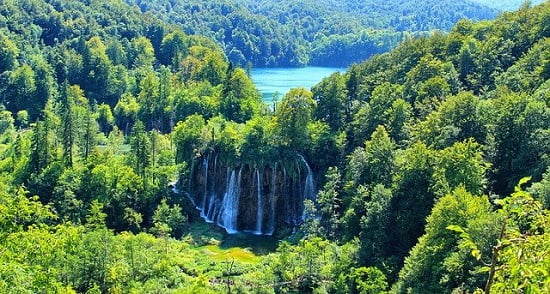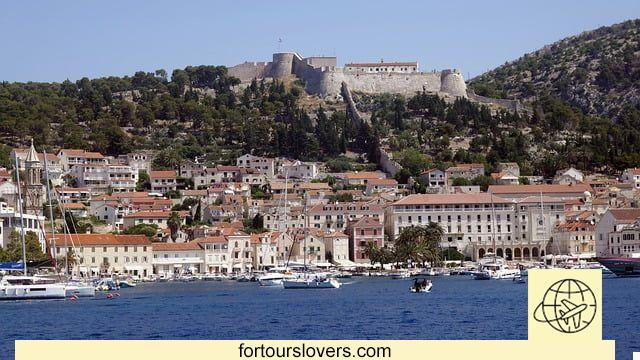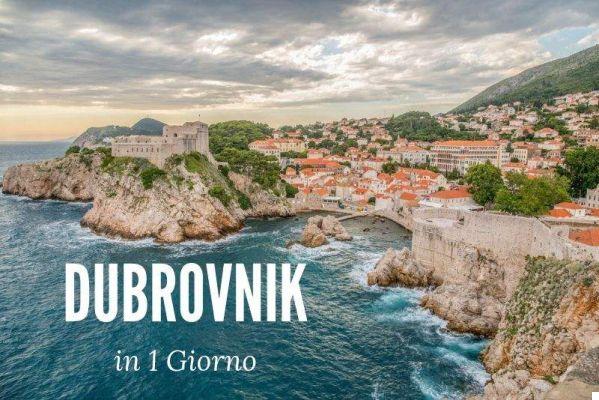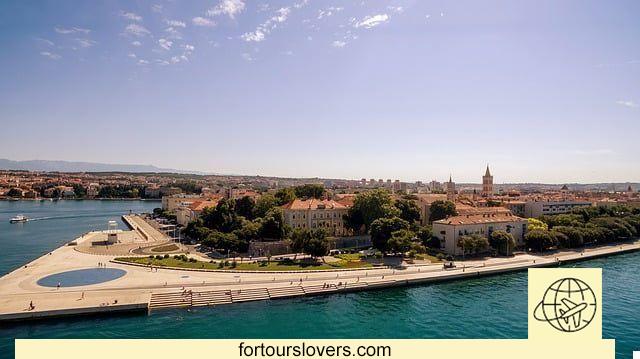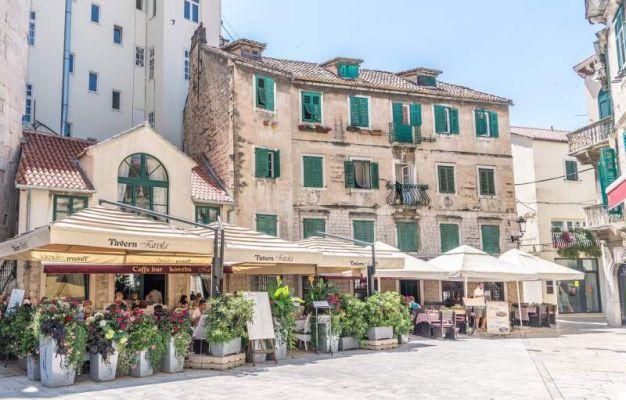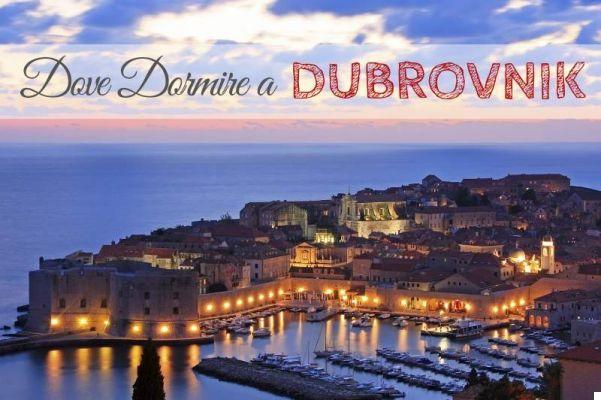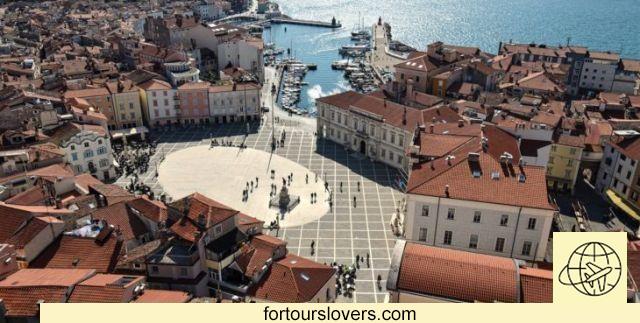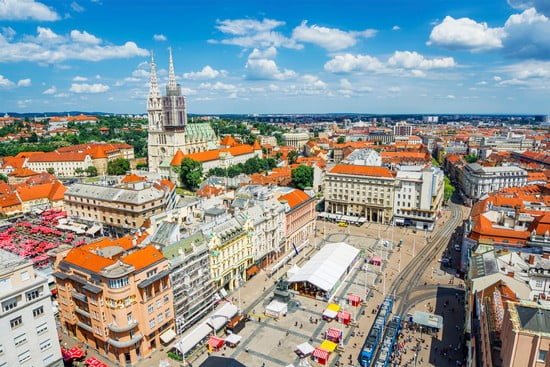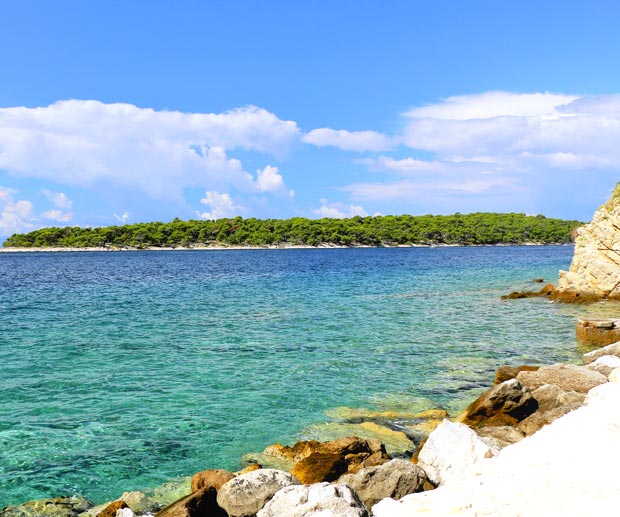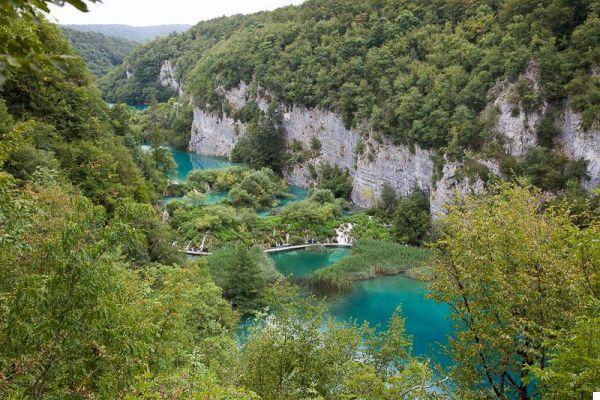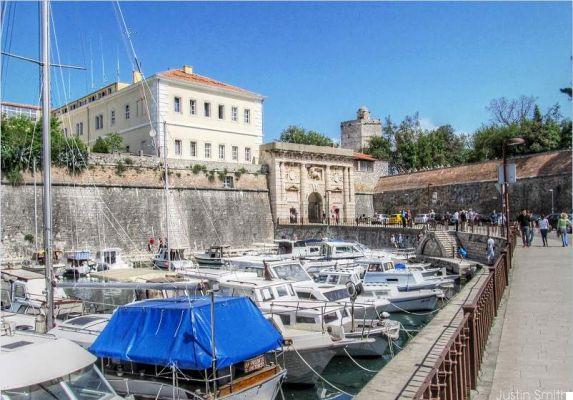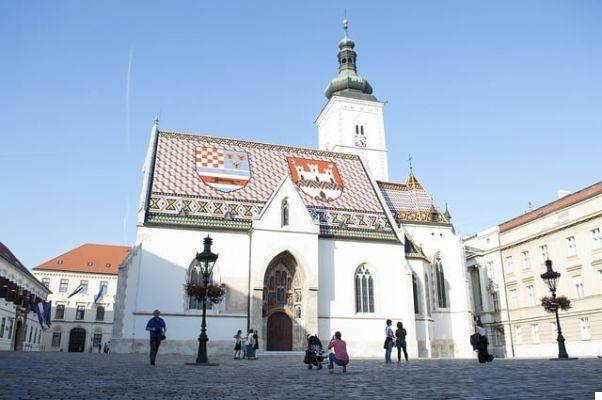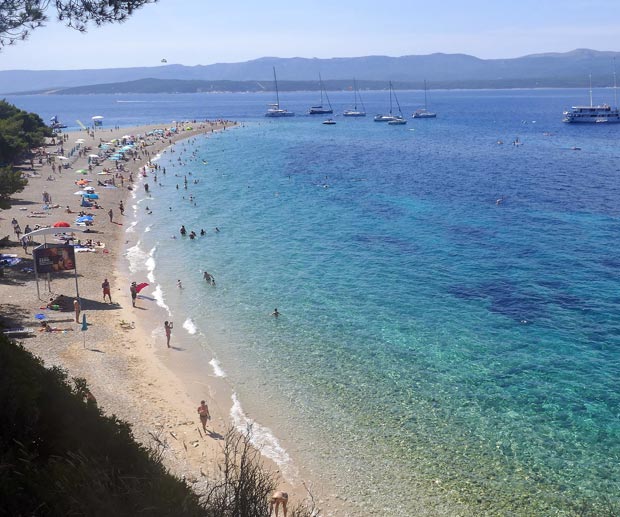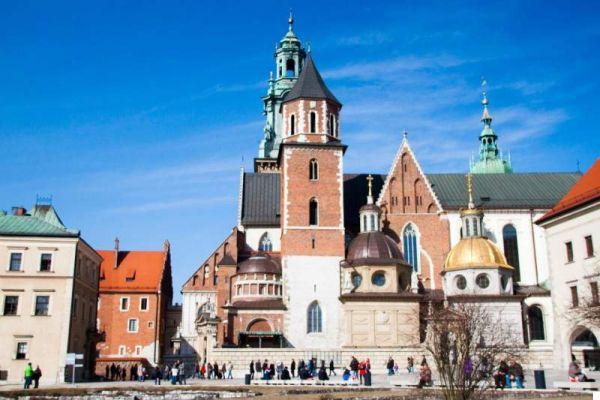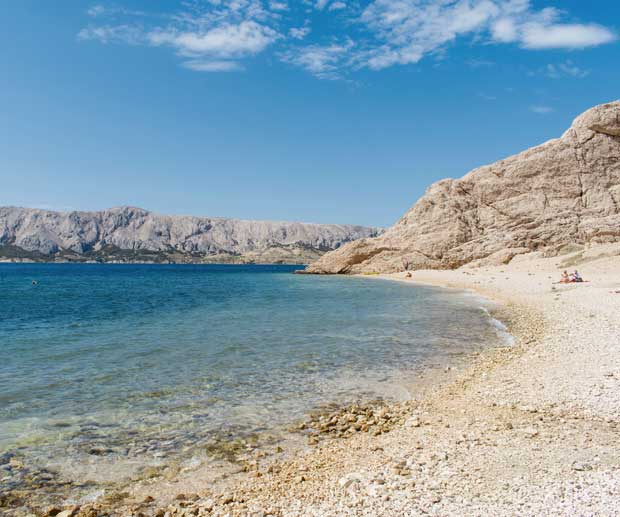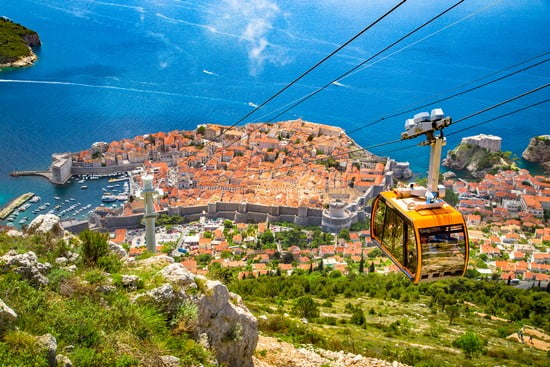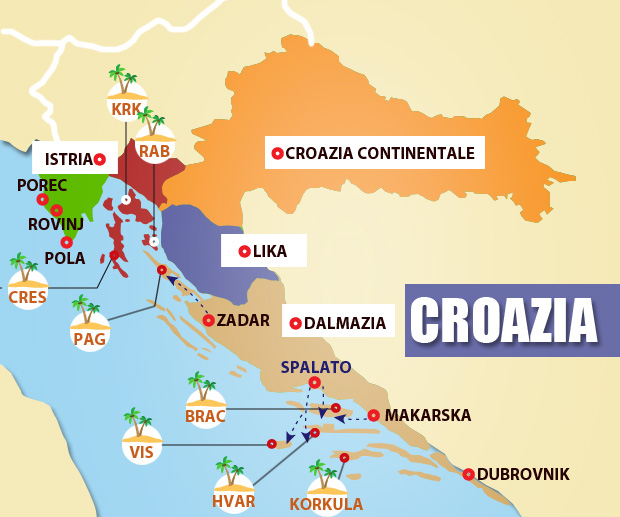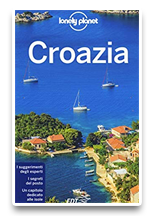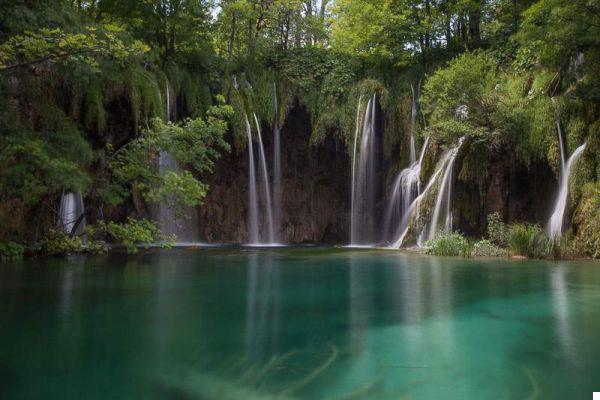Find out how to organize a trip to Croatia so that you don't miss the most important attractions of this incredible amount of natural and historical wonders.
Croatia represents a land of great natural diversity and rich cultural heritage. The Croatian cultural tourism is based on the fascinating juxtaposition of contrasts. Venetian palaces sit alongside Napoleonic forts, Viennese mansions overlook socialist realist sculpture, and the first Slavic churches built on the sites of ancient Roman settlements offer countless sightseeing opportunities.
The sapphire sea of the Croatia and the long coastline dotted with islands attract numerous visitors, as do the many nature reserves, marinas, ancient fortified towns and beautiful sandy and rocky beaches.
Plus, in Croatia you will find the perfect terrain for visiting canyons, underground caves, scenic waterfalls and scenic lakes. The inland areas show mountain resorts, national parks, pine forests, vineyards and spas.
Discover the Flight + Hotel Packages to visit Croatia
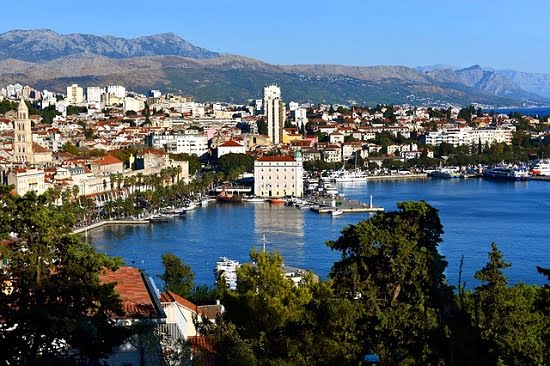
Choose the right time to travel to Croatia
Many people visit Croatia between April and September. July and August are the months when the tourist season is at its peak, making it the most expensive time to travel.
Accommodation costs are generally lower between April and June. Also to September there are fewer tourists, so this is a good time to visit the country, prices will be relatively lower.
Choose from Croatia's must-see attractions
Are you looking for a beach holiday? A city break? A dip in nature? Maybe a mix of all 3? Before you start watching flights, take a second to decide what kind of vacation you want to have and prioritize what you want to see.
Beach lovers will advise you to explore the country's 1.100 miles of coastline, with the most popular locations centering around Split and the islands just off the coast.
If you are looking for somewhere a little quieter then head north towards Pula for a more relaxed but still resort-centered vacation, or if you want your experience to be peaceful and authentic, then Dugi Otok, Silba, Ugljan, Pašman, Iž and Molat are beautiful locations often overlooked by tourists.
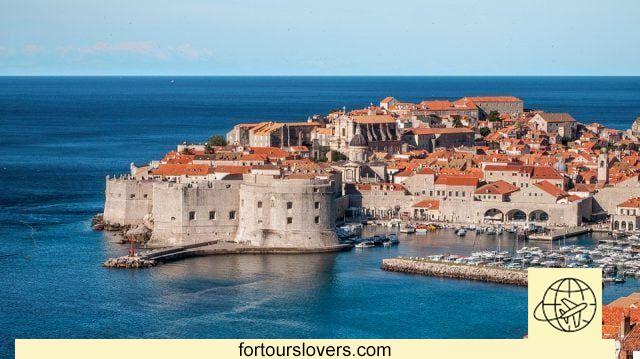
If you prefer to visit cities then there is a lot to explore in the walled city of Dubrovnik between palaces, fortresses, cathedrals and museums.
Zara is a charming town located on a peninsula and surrounded by the sea. Watch the sunset as you listen to the "sea organ", a system of pipes that plays music when lapped by the waves. zagabria, in the north, is a Mecca for those who love architecture, with Austro-Hungarian buildings from the 18th and 19th centuries practically everywhere.
Plitvice Lakes National Park it's the place to be if you love being surrounded by nature. A chain of lakes flows into each other through a vast canyon, creating countless waterfalls. Outside the park's tourist center, you will find small villages such as Rastoke which still retain their rustic charm.
Also the city of Opatija and the villages scattered along the Adriatic coast are popular destinations. The war-torn city of Cardiff, which still stands as a symbol of the Croatian struggle for independence, is another destination that should be considered when traveling.
Organize how to get there and how to move around Croatia
By plane
There are many low-cost airlines that fly to Croatia, including Easyjet, Ryanair, Volotea. Do your research through Skyscanner e Momondo to find the best rates.
Su Skyscanner you could choose the starting point and the destination, selecting the most convenient month as the travel period. By doing this you will find the dates with the lowest prices to travel to Croatia. If, on the other hand, you had fairly strict dates, you could try to select the airports near your city as departure to get a better price.
Momondo instead it gives you the possibility to search not only the flight but also the hotel. To move within the country the carrier to use is Croatia Airlines which has a near monopoly on flights that travel between the seven Croatian airports: Zagreb, Split, Dubrovnik, Rijeka, Osijek, Pula and Zadar.
By train or bus
Once there you can use public transport, which is quite decent, between the main attractions. There are numerous trains and buses readily available, and you could also choose the night ones to optimize your travel time.
Almost all cities have a bus station, and the network of bus lines makes this form of transport an excellent and economical option for traveling within Croatia. Buses stop in almost every village in the country, but schedules may be inconvenient for those with limited time.
By ferry
There are numerous ferries that travel between Spain and Croatia and there are several routes you can choose from. On FerriesLines you can find different lines and choose the most suitable one.
Even if you are traveling along the coast, you can choose to use the ferry rather than the bus or train. The ferry is slower but it's a really lovely way to see the coast and it's not too expensive.
By car
To visit places like Plitvice Lakes the best choice is a rental car. Buses can be restrictive here, and the place is surrounded by other hikers. If you have your own car you can arrive earlier and stay later, and see the lakes in all their quiet glory. You will also need a car when visiting any place off the tourist map.
On AutoEurope and Skyscanner you can find great offers. To get the best prices you have to search and book well in advance and you don't have to wait until the last moment.
To drive in Croatia it is sufficient to have a driving license. You pay extra for each licensed driver in addition to the main tenant and each driver must be at least 22 years old to rent a car in Croatia.
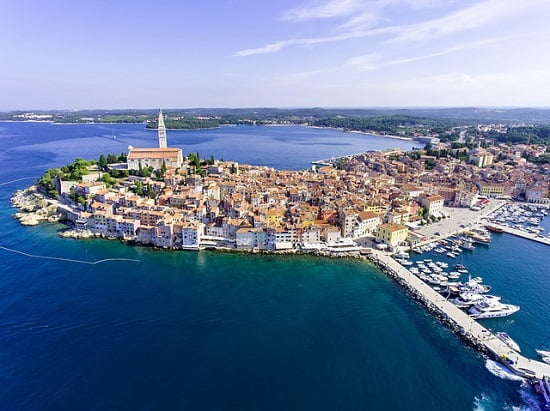
Where to stay in Croatia
Within the main areas of the resort you are spoiled for choice for hotels, so shop around to find the one that's right for you. To make the right choice you could first read the reviews and then book directly on Booking.com. This site has the widest offer of accommodation online, and if your plans change, it allows you to cancel the reservation made without extra costs.
If you are in a group, then you could rent one of the many holiday villas scattered along the coasts. These can be close to the nightlife and entertainment or hidden in the hills in the middle of nowhere. It's up to you to choose according to your tastes. On the Booking site you will find, in addition to hotels and B & Bs, also numerous villas to choose from.
Discover the Flight + Hotel Packages to visit Croatia

Prepare the necessary documents to travel to Croatia
Croatia has been a member of the European Union since 1 July 2013, but not yet a member of the Schengen area. To travel to Croatia it is therefore necessary to have a valid identification document (passport or identity card valid for expatriation). The passport must have a residual validity of ninety (90) days from the expected date of conclusion of the stay.
As regards the Visa within 24 hours of entering Croatia, tourists must register their presence at the Tourist Office. It is the hotel that usually carries out this procedure. If you are staying with a private household, the host must notify the police of your presence. For more information visit the website Safe traveling.
Exchange your currency for kuna.
The Croatian national currency is the marten (kn), found in banknotes of 10, 20, 50, 100, 200, 500 and 1.000. One kuna equals 100 lipa and there are coins in circulation with values of 5, 10, 20 and 50 lipa and 1, 2 and 5 kuna. To convert kuna prices to current US dollar prices, go to www.coinmill.com.
Some hotels and tourist agencies have started to express their prices in euros and kuna, although euros are not officially accepted. Foreign currency can be exchanged at post offices, banks and exchange offices.
Numerous hotels and travel agencies will also exchange currency, but beware of service costs, which can be up to 3%.
Discover the Flight + Hotel Packages to visit Croatia
Could it be interesting for you:
- Where to sleep in Dubrovnik: the best areas
- What to do and see in Dubrovnik: discover all the attractions
- What to see in Zagreb: the best attractions
- How to visit Split, the low-cost destination in Europe
- How to visit Plitvice Lakes
